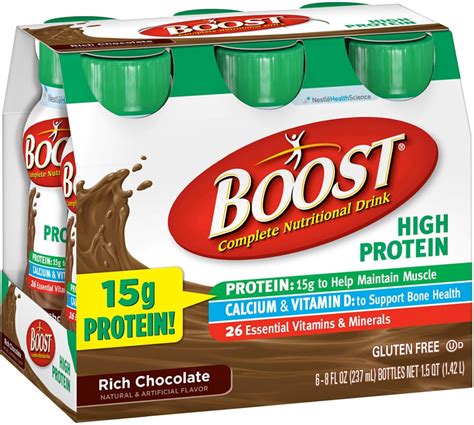What’s the most time-efficient workout split for maximum hypertrophy and performance?

The quest for the perfect workout split is often a balance between maximizing muscle growth and strength, and the practical constraints of time. For many, the goal isn’t just to achieve results, but to achieve the best results in the least amount of time possible. This involves intelligently structuring your training to optimize frequency, volume, and intensity for maximum gains without overtraining or requiring an excessive number of hours in the gym.
The Core Principles of Effective Training
Before diving into specific splits, it’s crucial to understand the fundamental principles that govern muscle growth and strength development:
- Frequency: How often a muscle group is trained per week. Higher frequency (e.g., twice a week per muscle group) is generally superior for hypertrophy.
- Volume: The total amount of work performed (sets x reps x weight). There’s an optimal volume range; too little won’t stimulate growth, too much can lead to overtraining.
- Intensity: The effort exerted during a set, often related to the weight lifted relative to your maximum. Training close to failure with challenging weights is key for performance and hypertrophy.
- Progressive Overload: The continuous increase in stress placed on the muscle over time (e.g., more weight, more reps, more sets, better form). This is arguably the most important principle.
An effective time-efficient split will intelligently weave these principles together, ensuring each muscle group receives adequate stimulus and recovery within a practical timeframe.
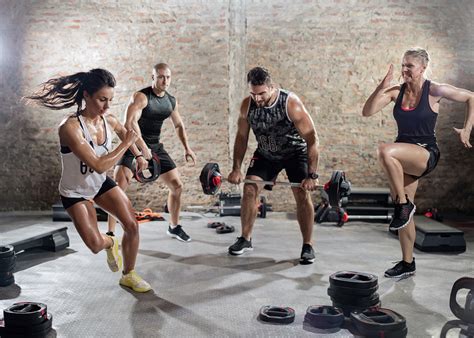
Analyzing the Top Contenders for Time Efficiency
Several popular workout splits stand out for their ability to deliver results while respecting your schedule:
Full Body Split (3x/week)
In this classic approach, you train all major muscle groups in each session, typically three non-consecutive days a week (e.g., Monday, Wednesday, Friday). Each muscle group gets hit three times a week, providing excellent frequency.
- Pros: High frequency for all muscle groups, excellent for beginners and intermediates, good for overall strength development, allows for ample recovery between sessions. Sessions can be kept to 45-75 minutes if focused on compound movements.
- Cons: Session length can become long if too much volume is attempted per muscle group. Advanced lifters might find it challenging to recover from hitting heavy compound movements for all body parts in one session.
Upper/Lower Split (4x/week)
The Upper/Lower split divides your training into two upper body days and two lower body days per week (e.g., Upper, Lower, Rest, Upper, Lower, Rest, Rest). Each major muscle group is trained twice a week.
- Pros: Optimal frequency for hypertrophy (twice a week per muscle group). Allows for higher per-session volume for specific body parts compared to a full-body split, facilitating better muscle pump and fatigue. Excellent for intermediate to advanced lifters.
- Cons: Requires 4 days in the gym, which might be too much for some highly time-constrained individuals.
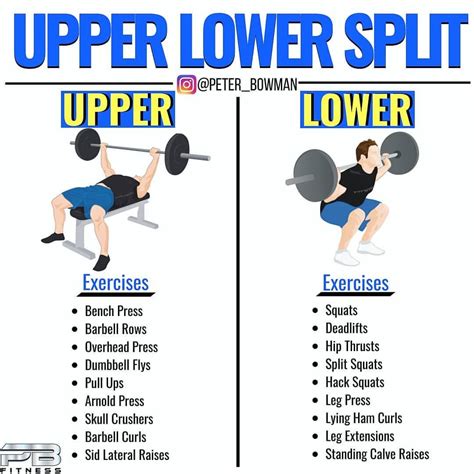
Push/Pull/Legs (PPL) Split (3 or 6x/week)
This split categorizes exercises by movement pattern: Push (chest, shoulders, triceps), Pull (back, biceps), and Legs (quads, hamstrings, glutes, calves). It can be done 3 times a week (PPL, rest, PPL, rest…) or 6 times a week (PPL, PPL, PPL).
- Pros: Logical muscle grouping can lead to intense, focused sessions. If done 6x/week, it offers very high frequency (each muscle group twice a week) and high weekly volume.
- Cons: A 6x/week schedule is a significant time commitment and can be difficult for recovery for many. A 3x/week PPL only hits each muscle group once every 7-8 days, which is suboptimal for hypertrophy.
The Verdict: Optimizing for Time and Gains
For maximizing hypertrophy and performance with high time efficiency, the Upper/Lower Split (4 days/week) often emerges as the frontrunner for intermediate to advanced lifters. It strikes an excellent balance by hitting each major muscle group twice a week, allowing for sufficient volume and recovery without requiring excessively long individual sessions or an overwhelming number of gym days. You can dedicate each session to 60-90 minutes of focused, high-intensity work.
For those with even tighter schedules, or for beginners looking to build a strong foundation, a well-structured Full Body Split (3 days/week) is incredibly effective. It ensures high frequency and can lead to significant gains if sessions are focused on compound movements and intensity is high. This can often be completed in 45-60 minutes per session.
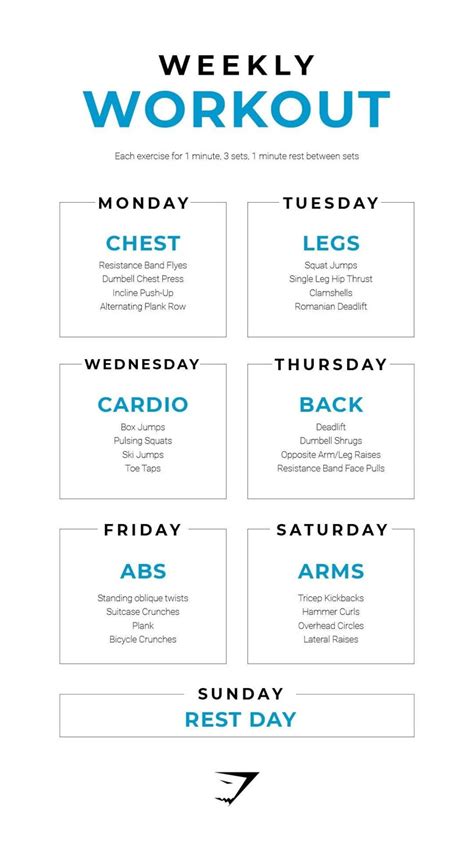
Implementing Your Time-Efficient Split
Regardless of the split you choose, certain strategies will amplify its time efficiency and effectiveness:
- Prioritize Compound Movements: Exercises like squats, deadlifts, bench presses, overhead presses, and rows work multiple muscle groups simultaneously, giving you the most bang for your buck in terms of muscle activation and hormonal response.
- Focus on Progressive Overload: Consistently strive to lift more weight, perform more reps, or improve your form over time. Without progressive overload, even the best split will yield diminishing returns.
- Mind-Muscle Connection: Don’t just move the weight; consciously feel the target muscle working. This enhances muscle activation and hypertrophy.
- Optimize Rest Times: For hypertrophy, rest 60-120 seconds between sets. For strength, 2-3 minutes or more may be needed. Stick to your chosen rest times to keep sessions efficient.
- Don’t Neglect Recovery: Proper nutrition, adequate sleep (7-9 hours), and managing stress are just as vital as your training for both hypertrophy and performance.
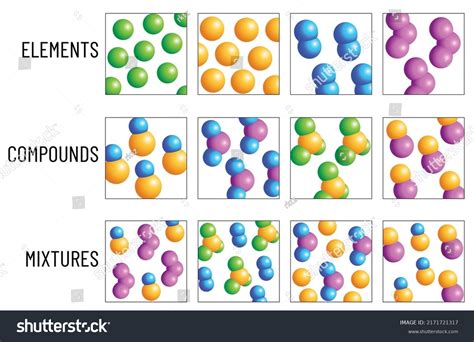
Customization and Long-Term Success
No single workout split is universally perfect for everyone. Your ideal split depends on your individual recovery capacity, training experience, specific goals, and lifestyle. The key is to experiment, listen to your body, track your progress meticulously, and be willing to adjust. The “most efficient” split is ultimately the one you can adhere to consistently, progress with, and recover effectively from over the long term.

In conclusion, while both the Full Body and Upper/Lower splits offer excellent frameworks for time-efficient hypertrophy and performance, the Upper/Lower split often provides a slight edge for intermediate to advanced lifters due to its balance of frequency and per-session volume. However, consistency, proper intensity, and progressive overload remain the most critical factors, regardless of the split chosen.
